I have a FSK modulated signal of binary data. This I am trying to recover using PLL.
The mark and space frequencies are in the range of 1.5MHz to 7MHz.
I am struggling because, the PLL output is not stable, in the sense that the signal is varying like a sine wave and this makes the decision process difficult (Because I am not able to fix the threshold as "0" or some other value).
Here is the PLL LPF output:
I know I cant use this directly for decision making so I am using a low pass equiripple filter after PLL, which gives a pretty good signal which I can use it for decision making. But again the probelm is the signal is varying like a sine wave and not proper horizontal variation, which is what I am looking for.
Here how the LPF output is:
All I want is that, to keep the center of the signal "0" at all time instant. How can I achieve that with simulink?
Here are the PLL, block parameters:
Filter: [1]/[1 2*pi*0.001]
VCO input sensitivity: 5 Hz/V
VCO Quiescent frequency: 10000 Hz
VCO initial Phase: 0
VCO output amplitude: 10V
Important Note: I am looking for demodulation at different data rates, so I want to vary from sample time in Bernoulli binary generator from 1 to 0.00001 i,e from 1bps to 100kbps. What I have observed here is that as the data rate changes, the property of the PLL filter output changes and which makes me to readjust the PLL for every significant change in this sample time (or as I referred it as data rate). For this if someone can give me tips or solution to demodulate the signal at every rate without re-adjusting the PLL, then it will be a lot of help.


